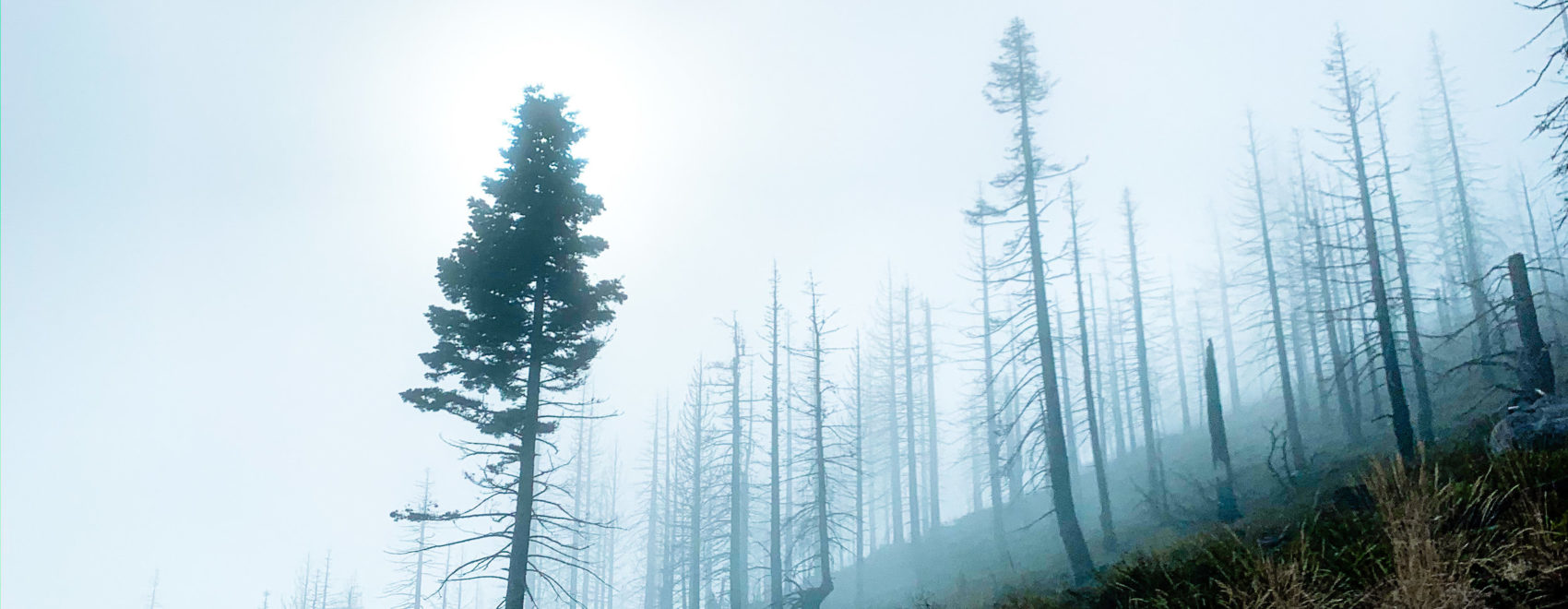From the Rocky Mountain Research Station:
Large wildfires can have profound and lasting impacts not only from direct consumption of vegetation but also longer term effects such as persistent soil erosion. The 2002 Hayman Fire burned in one of the watersheds supplying water to the Denver metropolitan area; thus there was concern regarding hillslope erosion and sedimentation in the reservoirs.
Citation: Robichaud, Peter R.; Lewis, Sarah A.; Wagenbrenner, Joseph W.; Brown, Robert E.; Pierson, Fredrick B. 2020. Quantifying long-term post-fire sediment delivery and erosion mitigation effectiveness. Earth Surface Processes and Landforms. 45: 771-782.
Read the full publication here.

